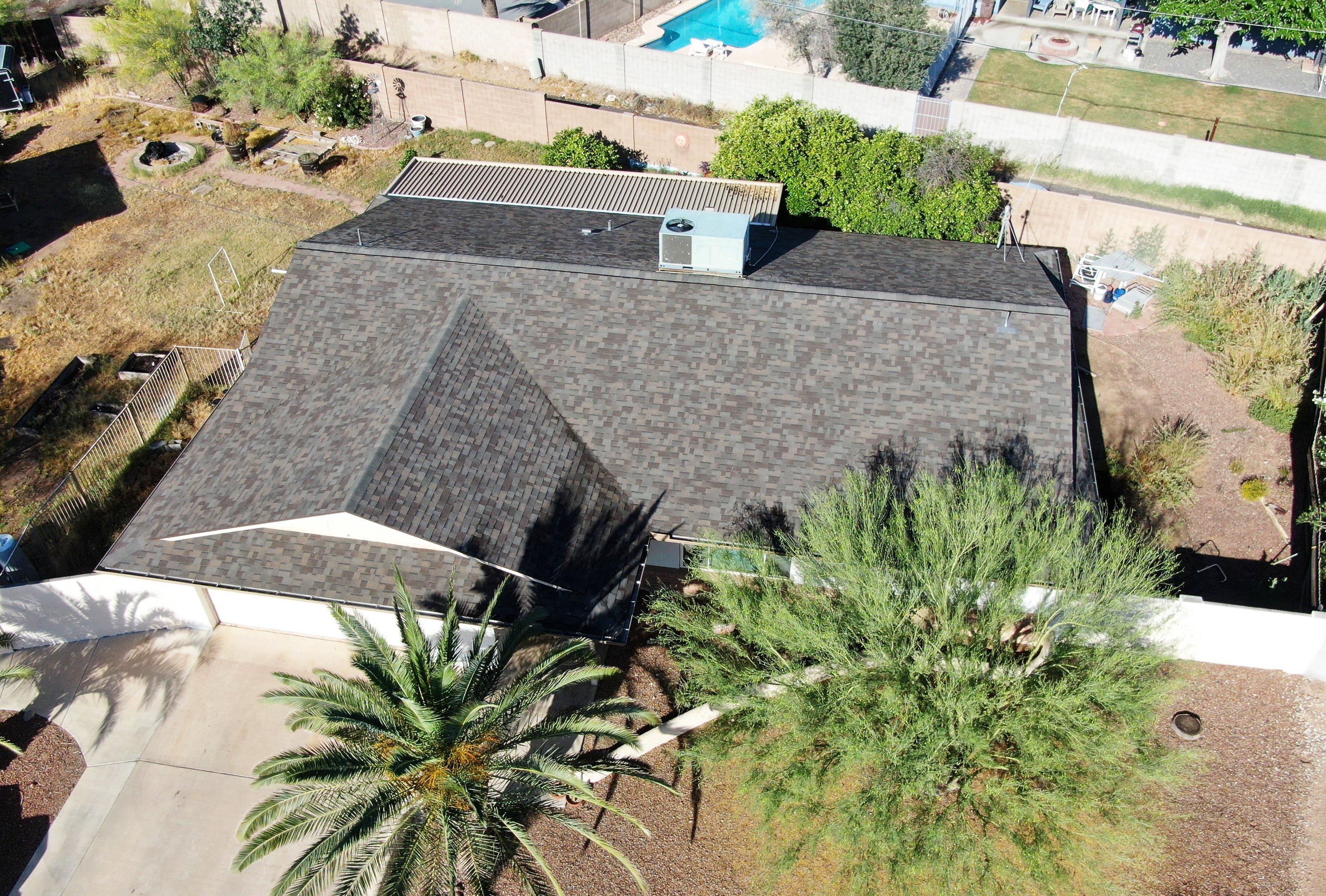Roof Underlayment 101: What It Is & Why It’s Important
Home / Azul Blog / Roof Underlayment 101: What It Is & Why It’s Important When most homeowners think about their roof, they picture the tiles, shingles, or foam that cover the top...

Home / Azul Blog / Four Ways Your Roof Can Cut Your Electric Bill
For those who want to shrink their utility bill, or just "green up" their house a little bit, there are many upgrades that can have a significant impact. Most people start with energy-efficient appliances or windows, but one area that often goes overlooked is your roof.
With the right materials, insulation, ventilation, and maintenance, your roof has the potential to save you — or cost you — significant amounts of hard-earned cash every year. Let's take a closer look at some ways to ensure that you're winning, rather than losing, when it comes to roof efficiency.
At Azul Roofing Solutions, we're passionate about combining sustainable roofing practices and products to dramatically improve longevity, reduce environmental impact, and protect household budgets from unexpected disasters. You can read more about our unique focus on our Guiding Principles page.
Whether you're thinking about a new roof, or just doing some research to see how you could improve your home's energy efficiency overall, we've put together this blog to help with your research. Here are four factors that contribute to an energy-efficient roof.
It's no secret that the Phoenix heat can cause your electric bills to skyrocket. One of the ways to help combat this is by having heat-resistant tiles or shingles. Clay tiles are one of the most popular roofing materials here in the Valley of the Sun — and not just for their aesthetics. Clay tiles don't absorb a lot of heat, and the heat they do absorb isn't transferred easily into your attic space. Remember, AC ducts typically run through the attic space, so even if your ceiling insulation is doing a good job keeping your living space cool, a warm attic means more work for your AC.
If clay tiles aren't an option for you, concrete tiles are also a decent option when it comes to reflecting — instead of absorbing — heat. And if neither option suits you, we recommend going with the lightest color roofing material you can. Similar to how a white car does a better job in the baking sun than a black car, so too will lighter-colored tiles or shingles.
Right underneath your tiles or shingles lives your underlayment. While its primary purpose is to protect your home from water damage when tiles or shingles go missing, underlayment also provides another opportunity for energy-efficiency if the right materials are selected. Newer underlayment materials, like synthetic ones, are much more breathable than more traditional fiberglass options. With breathable underlayment, heat isn't trapped underneath your tiles. This helps lengthen the life of your roof by reducing the wear and tear of heat, while also reducing the amount of heat that gets into your attic.
Remember what we said about AC ducting and your attic? Another way to ensure minimal heat build up in your attic space is to install proper ventilation. Let's say you have a more heat-absorbing material on your roof, like dark-colored shingles. In contrast to clay tiles, shingles transfer more heat into your attic, thus raising the overall temperature that can bleed into your living space or heat-up your AC ducts.
Azul Roofing recommends installing ridge venting rather than the older spinning or box vents. Ridge vents are installed at the peak of the roof, which is where rising heat naturally goes to escape. It's important to remember that a well-ventilated attic can still get warm, but it shouldn't exceed the temperature outside by much, if any degrees at all.
A well-insulated home will improve overall energy-efficiency. Whether you have blown-in insulation, or spray foam helping to insulate your attic from the rest of your house, both work well to block heat from transferring into your living areas. It's important to note that insulation and ventilation go hand in hand in hand. Without proper ventilation working to remove heat buildup in your attic, the insulation must work twice as hard.
To make your roof the most energy-efficient it can be, we recommend checking your attic once every couple of years to ensure the insulation is still where it should be. Spots that are missing can let hot air in, costing you money by making your AC work harder in the hot summer months than it should be.
At Azul Roofing Solutions, we strive to provide our customers with energy-efficient roofing options. Not only will this help more roofs avoid landfills before their time, but this approach also helps our customers save a little money on their electric bills each and every month.
If you're interested in learning more about our energy-efficient roofing options, we invite you to schedule a free, no-obligation roof evaluation. We can help you determine what kind of energy-efficient roof is right for you.

Home / Azul Blog / Roof Underlayment 101: What It Is & Why It’s Important When most homeowners think about their roof, they picture the tiles, shingles, or foam that cover the top...